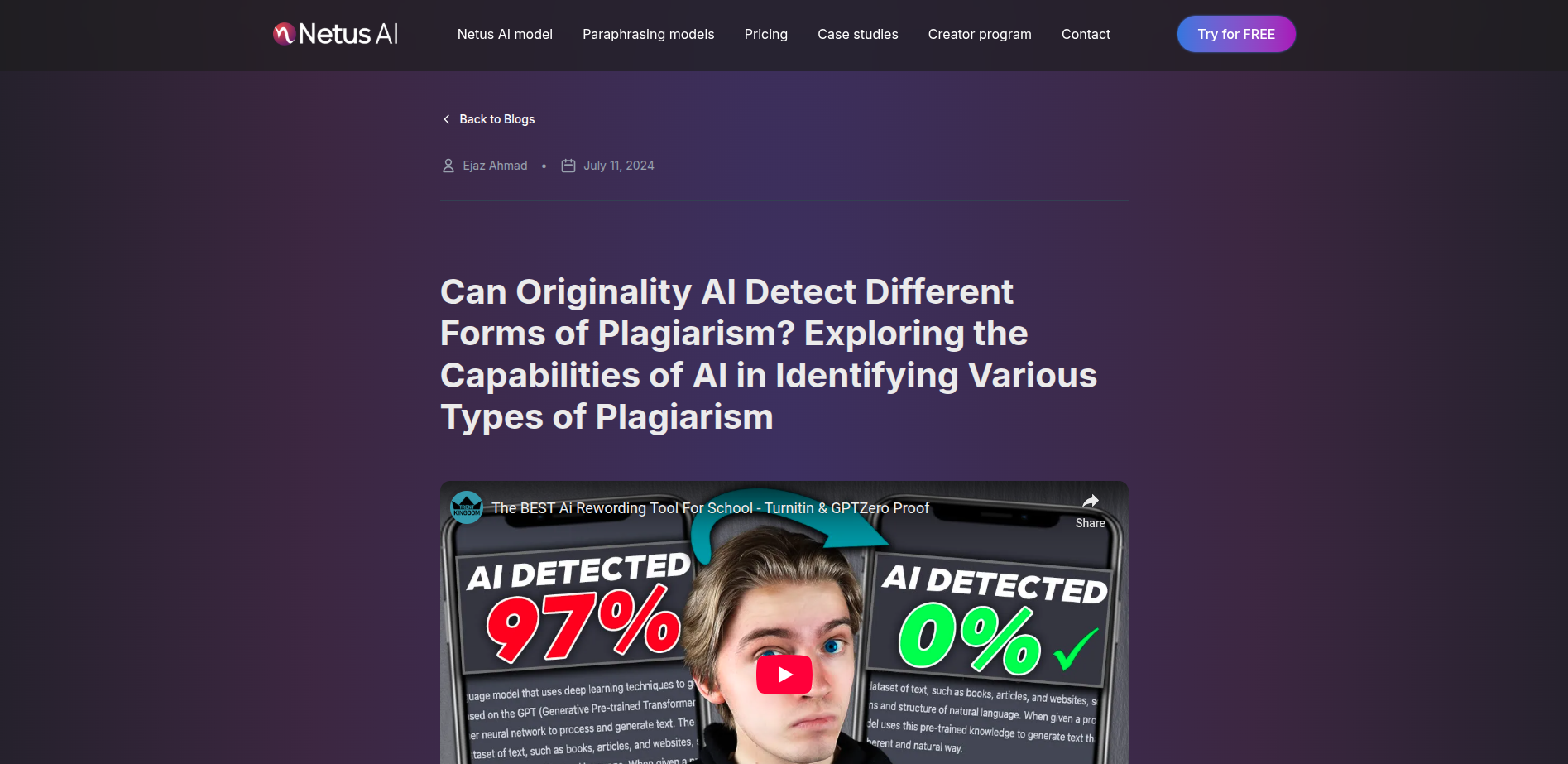Can Originality AI Detect Different Forms of Plagiarism? Exploring the Capabilities of AI in Identifying Various Types of Plagiarism
Ashley Merit
Content writer and editor for Netus.AI
Table of Contents
Can Originality AI Detect Different Forms of Plagiarism? Originality AI is a relatively new technology that has the potential to revolutionize the way plagiarism is detected. Plagiarism is a serious issue in academia and the professional world, and it can have severe consequences for those who are caught. Originality AI uses machine learning algorithms to analyze text and identify patterns that suggest plagiarism. But can Originality AI detect different forms of plagiarism?
The answer is yes. Originality AI has the ability to detect various forms of plagiarism, including direct plagiarism, paraphrasing, and patchwriting. Direct plagiarism is when a writer copies and pastes text from another source without proper citation. Paraphrasing is when a writer rewrites text in their own words but fails to properly cite the original source. Patchwriting is a form of paraphrasing where a writer takes text from a source and makes small changes to it, but still fails to properly cite the original source. Originality AI can detect all of these forms of plagiarism and provide a report that highlights the areas of concern.
AI detection of plagiarism is becoming increasingly important as the amount of information available online continues to grow. With so much content available, it can be difficult for writers to know what is original and what is not. Originality AI can help by providing a quick and accurate analysis of a text’s originality. This technology is not only useful for students and academics, but also for professionals in fields such as journalism and publishing.
Understanding Originality AI
The Concept of Originality
Originality refers to the quality of being unique and innovative. In the context of written content, originality means that the content is not copied or plagiarized from any other source. Originality is an essential aspect of academic writing, journalism, and creative writing.
Originality AI is an advanced software that detects plagiarism and checks the originality of written content. The software uses an algorithm that compares the text with a vast database of published and unpublished content to determine its originality.
How Originality AI Works
Originality AI works by analyzing the text and comparing it to a database of previously published content. The software uses a complex algorithm that identifies similarities between the text and other published content. The software also checks the text for grammatical errors, spelling mistakes, and punctuation errors.
The AI detector uses a variety of techniques to ensure the accuracy of its results. It checks the text against multiple databases to ensure that the content is original. The software also uses machine learning algorithms to improve its accuracy over time.
Originality AI is an excellent tool for writers, journalists, and students who need to ensure that their work is original. The software is easy to use and provides accurate results in a matter of seconds. By using Originality AI, writers can avoid the risk of plagiarism and ensure that their work is of the highest quality.
In conclusion, Originality AI is an essential tool for anyone who wants to ensure that their written content is original and of high quality. The software is accurate, reliable, and easy to use, making it an excellent choice for writers, journalists, and students. With Originality AI, writers can be confident that their work is original and free from plagiarism.
Plagiarism Detection Capabilities
Types of Plagiarism Identified
Originality AI has the capability to detect various forms of plagiarism, including verbatim copying, patchwork plagiarism, and paraphrasing. Verbatim copying refers to the act of copying and pasting text from a source without any changes. Patchwork plagiarism, on the other hand, involves copying content from different sources and combining them to create a new document. Paraphrasing, which involves rewording text from a source without changing the original meaning, is also detected by Originality AI.
Accuracy and False Positives
Originality AI uses advanced algorithms to accurately detect plagiarism, ensuring that the results are reliable. However, it is important to note that false positives may occur, where Originality AI flags content as plagiarism when it is not. This can happen when the content being checked contains common phrases or technical terms that are commonly used in a particular field.
Paraphrasing and AI-Generated Content Detection
Originality AI can detect paraphrasing by comparing the structure and meaning of the text to the original source. It can also detect AI-generated content, which is becoming increasingly common in the digital age. Originality AI uses advanced algorithms to identify patterns and structures in the content being checked, allowing it to detect AI-generated content.
Overall, Originality AI’s plagiarism detection capabilities are reliable and accurate, with the ability to detect various forms of plagiarism. However, it is important to keep in mind that false positives may occur, and that the tool should be used as a guide rather than a definitive measure of plagiarism.
Integration and Accessibility
Software Integration
Originality AI is designed to integrate with various Learning Management Systems (LMS) and e-learning platforms, making it accessible to users across different educational institutions. The system can also be integrated with other plagiarism detection tools, allowing users to cross-check their results and improve the accuracy of their reports.
Multilingual Support
Originality AI supports multiple languages, making it accessible to users across different regions and countries. This feature ensures that users can detect plagiarism in different languages, including English, Spanish, French, German, and others. The platform also supports multilingual reports, allowing users to generate reports in the language of their choice.
Chrome Extension
Originality AI also offers a Chrome extension that allows users to check for plagiarism directly from their browser. This feature makes it easy for users to check for plagiarism while researching online, without having to copy and paste text into the platform.
In addition to these features, Originality AI also offers API access, which allows developers to integrate the platform into their own applications. This feature is particularly useful for e-learning platforms and educational institutions that want to incorporate plagiarism detection into their own systems.
Overall, Originality AI is a versatile and accessible plagiarism detection tool that offers a range of features to users across different educational institutions and regions.
Usage and Applications
Academic Integrity
Originality AI has found a significant application in the academic world, where plagiarism is considered a serious offense. The software can detect plagiarism in research papers, essays, and other academic documents with high accuracy. Educators and institutions can use this tool to ensure academic integrity and maintain high standards of education.
Web and Content Publishing
Web publishers and content creators can use Originality AI to check for plagiarism in their articles, blog posts, and other online content. This tool can help them avoid legal issues and maintain their reputation as original content creators. Publishers can also use this tool to ensure that the content they publish is original and not copied from other sources.
Professional and Legal Use
Originality AI can also be used in the legal and professional world to detect plagiarism in legal documents, contracts, and other professional documents. This tool can help businesses and legal professionals avoid legal issues and maintain their reputation as original content creators.
Overall, Originality AI has become an essential tool for educational institutions, publishers, businesses, and legal professionals. It can help them maintain academic integrity, avoid legal issues, and protect their reputation as original content creators.
Pricing and Subscription Models
Understanding the Credits System
Originality AI offers a credit-based system for its plagiarism detection service. Each credit represents a single document check, regardless of the length or complexity of the document. The more credits you purchase, the lower the cost per credit.
Users can purchase credits in bundles ranging from 10 to 5000 credits. The cost per credit decreases as the size of the bundle increases. Additionally, Originality AI offers a free trial of 10 credits for new users to test the service.
Subscription vs. Pay-As-You-Go
Originality AI offers both subscription and pay-as-you-go models for its plagiarism detection service.
The subscription model allows users to pay a fixed fee for a certain number of credits per month, with the option to purchase additional credits at a discounted rate. The annual subscription offers the best value for users who require regular checks throughout the year.
The pay-as-you-go model allows users to purchase credits as needed, without committing to a monthly subscription. This model is ideal for users who require occasional checks or have fluctuating needs.
Both models offer the same level of service and accuracy, with the only difference being the payment structure. Users can choose the model that best suits their needs and budget.
Overall, Originality AI’s pricing and subscription models are designed to be flexible and affordable for users of all sizes and needs. The credit-based system ensures that users only pay for what they need, while the subscription and pay-as-you-go models offer options for both regular and occasional users.
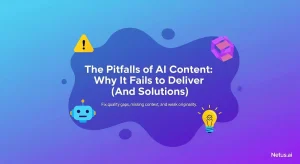
The shortcomings of content generated by AI | NetusAI
Discover why fast, high-volume AI content often fails to deliver real results. Learn about the crucial missing feedback loop and how implementing performance tracking can transform your AI content strategy.
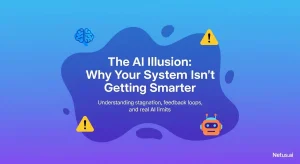
The illusion of AI: Your system's intelligence gap | NetusAI
Stop wasting marketing spend! Most AI tools don’t learn from results, causing content stagnation and low engagement. Discover why your generative AI isn’t getting smarter and what system actually learns and optimizes content.
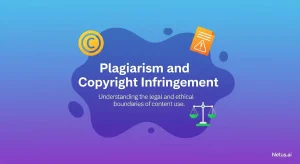
Plagiarism and copyright infringement | NetusAI
Learn the distinct differences between plagiarism and copyright infringement. Understand the ethical and legal implications and get practical strategies for avoiding both academic and creative work with NetusAI.

Tips and strategies for mobile content marketing | NetusAI
Optimized for mobile-first indexing, learn 5 essential strategies to capture attention, enhance engagement and drive leads and sales with your mobile content marketing.
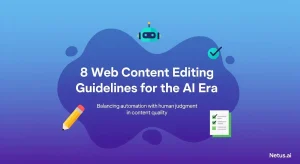
Web content editing guidelines for the AI era | NetusAI
Review web content editing guidelines for the AI era. Learn how to edit AI-generated content, ensure authenticity and optimize for SEO and readability.
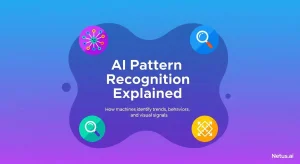
Explaining AI pattern recognition | NetusAI
AI pattern recognition enables machines to identify trends for diverse applications, from detecting plagiarism to fraud. Discover its processes, models and real-world benefits.

